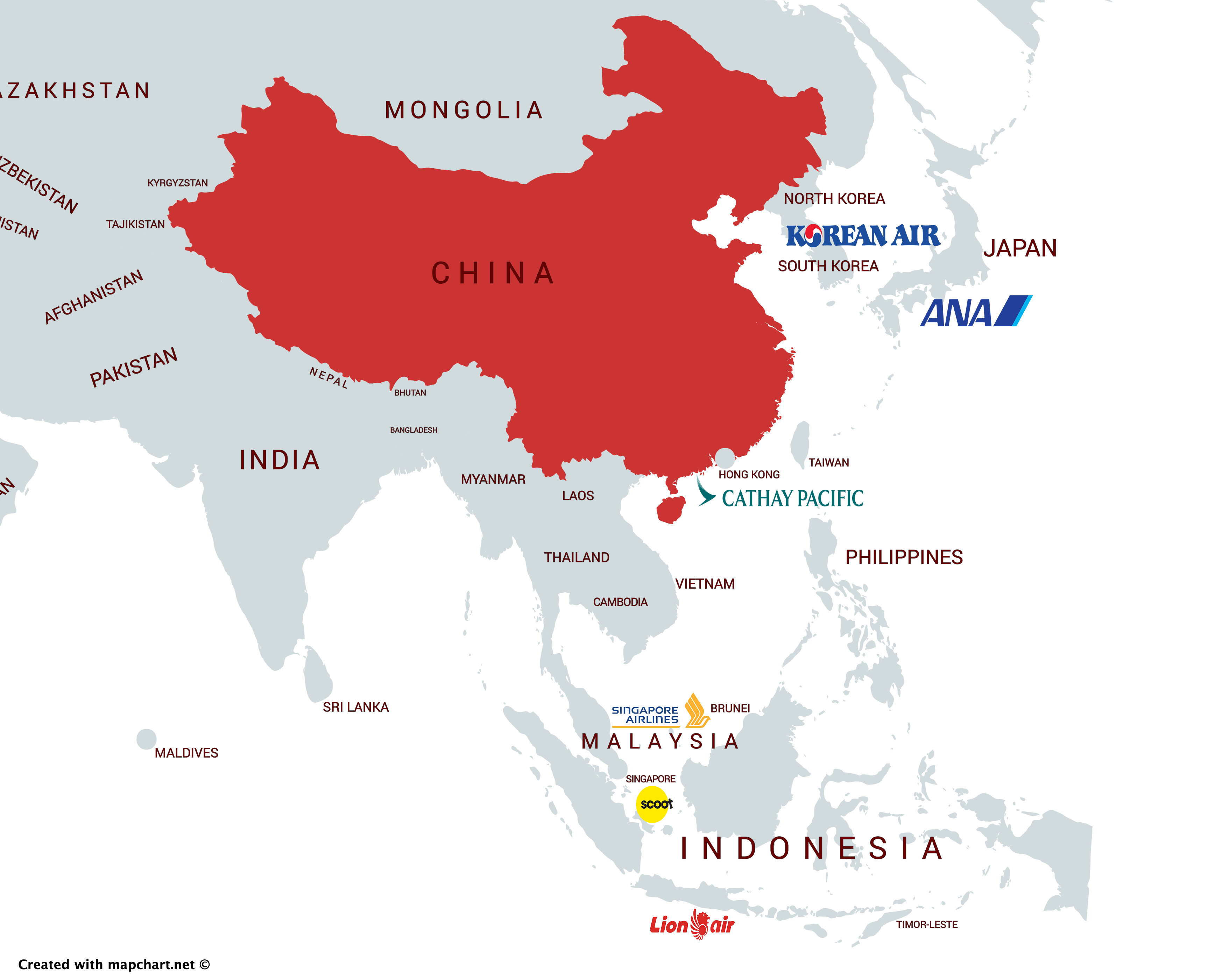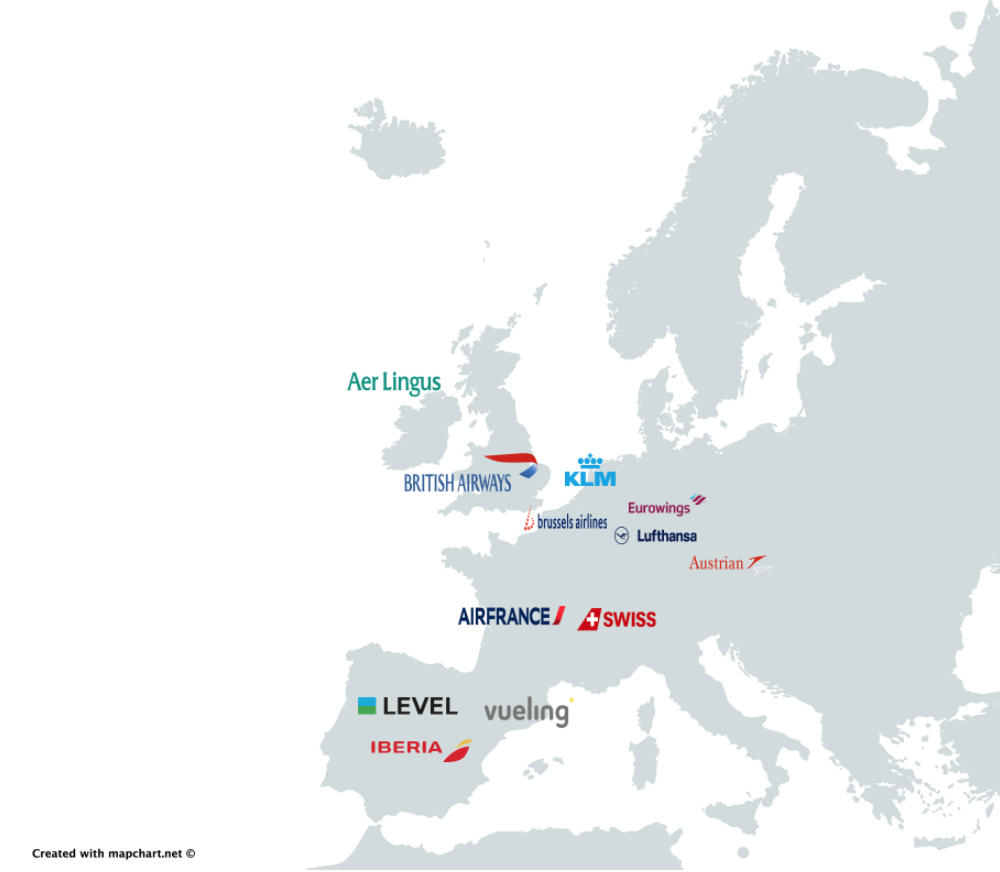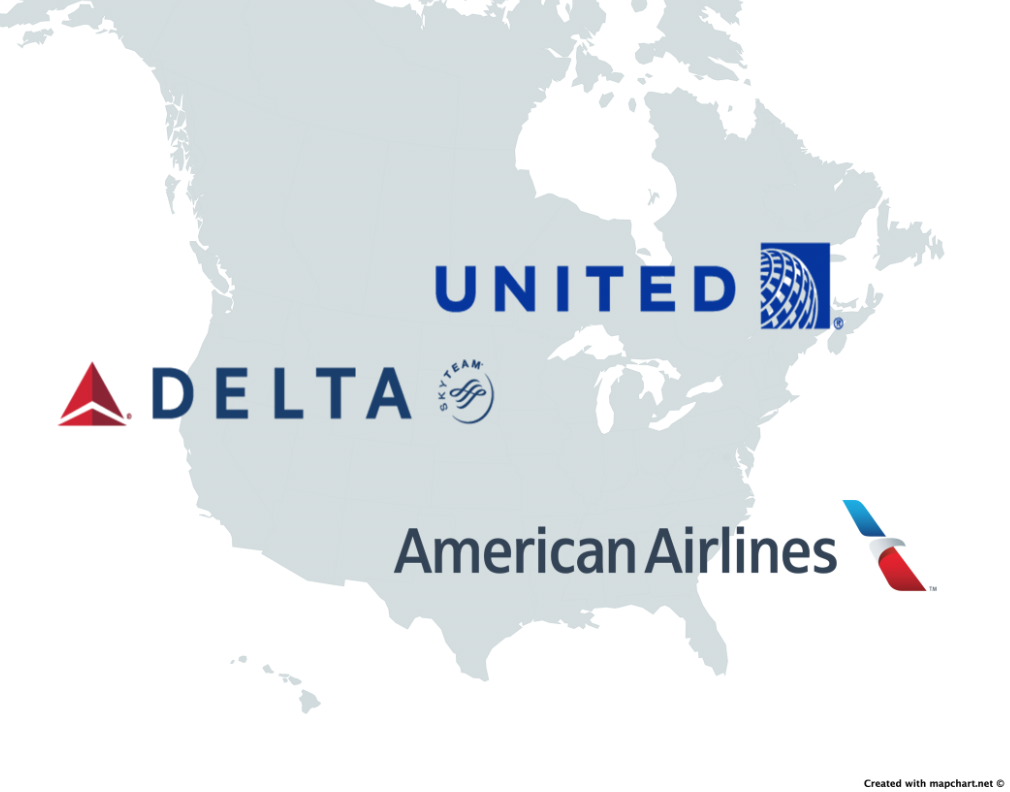Chapter 3 The Global Spread of Coronavirus
On December 31, 2019, the World Health Organization (WHO) was alerted by China about several cases of unusual pneumonia in the city of Wuhan, province of Hubei. The virus was unknown but, several of those infected worked at the city’s Huanan Seafood Wholesale Market, which was shut down on January 1, 2020. Despite the closure and the disinfection of the installations, the virus was already spreading outside reaching the 44 case-patients by January 3.
It was necessary seven days to isolate the new pathogen. On January 7, the Chinese authorities announced they had identified a new virus, now named 2019-nCoV and classified into the coronavirus family. It was 2 days later when coronavirus claimed the first victim. On January 20, there were already 282 confirmed cases from four different countries: Thailand, Japan, the Republic of Korea and China, who reported its third death.
In the week of January 23, less than 15% of new cases had visited the Hunan market. There was more evidence that 2019-nCoV had spread from human to human. In consequence, the fear of a major outbreak raised as millions of people traveled for the Lunar New Year Holiday.
From January 20 to January 23 the cases were more than duplicated in China and in the United States the first positive was reported. Finally, on January 23 the cities of Wuhan, Xiantao and Chibi in Hubei province were placed under effective quarantine. First air transport measures arrived and departures from these cities were suspended. By the end of the week, more Chinese regions would be lockdown affecting 56 million people.
Being a new virus, with no vaccines the only way to stop or reduce its spread was by locking down people. This is in contraposition to what aviation is, and the reason why aviation is probably the industry more impacted by COVID-19. In order to isolate people and to avoid the spreading, one of the measures applied by governments was to ban travel.
As explained, in this stage of the pandemic the transmission mainly took place in China. The solution was at that moment still easy: ban the travel from China. This measure was rapidly taken by several countries like the United States of America or Afghanistan. Others like Canada or Thailand highly recommended avoiding traveling to China. In response to the drop in demand, several airlines canceled their flights to China. Even though, the financial aftereffect of closing the borders was limited due to only a few foreign airlines were exposed to China. This was partly due to the strength of the Chinese airlines in China, which are mostly owned by the government of the country meaning they could take the hit. Several airlines of nearby countries would be affected and would struggle but, the lock-down of China was still a focused measure that could be handled.

Figure 3.1: Some of the most affected foreign carriers by the China lockdown.
It was not until January 30 when WHO declared the global emergency. By that day, deaths in China jumped to 170, there were more than 7.5 K cases confirmed in 18 different countries around the globe including Australia, France, Finland, Germany, Canada, among others. New travel bans were also applied to the most affected countries: Firstly South Korea and some days after Iran.
In the following days, more cases were confirmed in India, Russia, Spain, Sweden, and it was on February 2, the Philippines reported the first death outside China. It was 4 days later, on February 6, when Malaysian authorities reported the country’s first known human to human transmission, meanwhile, in Europe the number of infected people reached 30.
On February 9, the number of deaths in China surpassed that caused by 2002/2003 SARS epidemic, with 811 deaths and 37 K infections. Next days the virus continued spreading and several countries reported their first deaths. On February 11, WHO announced the disease caused by the new coronavirus would be called, COVID-19 meanwhile the virus itself would be named as SARS-CoV-2.
By February 27, the global infections passed 82 K, including more than 2.8 K deaths. This week marked the confirmation of the first cases in countries around the world. In Europe, Italy was the country hardest hit and also the first to impose a quarantine. On March 8, the region of Lombardy and other 14 areas in the north of Italy were lockdown, affecting a total of 16 M people. In response, the airlines canceled the flights to the North of the Italian boot, but the virus could not be retained and spread around Europe.
Europe would become the center of the pandemic, the first fatal hit to the aviation industry by the COVID-19 outbreak.
The virus was devastating the European continent, home by revenue of 3 of the 6 largest airline groups in the world: AirFrance KLM (Air France and KLM), Lufthansa Group (Lufthansa, Austrian Airlines, Swiss Airlines, Brussels Airlines and Eurowings) and IAG (Aer Lingus, British Airways, Iberia, LEVEL and Vueling. With governments now applying new measures, no-one wanted to travel to Europe, the demand dropped. It was the origin of an unsustainable situation for the industry.

Figure 3.2: Airlines forming the IAG, AirFrance KLM and Lufthansa Group
On March 11, the virus was a reality around the world and a true concern. It was that day when WHO declared the coronavirus outbreak as a pandemic. This would be the beginning of the biggest strike in the history of the aviation industry.
The virus spread fast and aggressively and at the other side of the Atlantic, the measures did not take long to arrive. On March 11, the president of the United States of America, Trump appeared announcing some of the measures the government will be applying in response to the virus. Being the most shocking, the travel ban from European passengers starting on March 13 and for 30 days.
This was an unprecedented measure, considering the United States and Europe are two of the most economically linked regions of the world. More than 1.5 K flights cross the Atlantic sea per day, a travel ban between the two regions was an imaginable measure. This will represent the second fatal hit to the aviation industry.
Banning traffic between the United States and Europe will affect an enormous number of people and will represent a major hit to the airlines of both countries. For these, long-haul flights are the most profitable.
In the next days, Delta, United and American Airlines will join the big Europeans (IAG, AirFrance KLM and Lufthansa Group). The six biggest airlines of the world by revenue will experience a massive drop in demand.

Figure 3.3: The big three airlines in the United States
But not only the transatlantic long haul-flights decreased in demand, the domestic European travel dropped like never before. Most every airline of Europe started experiencing what is called net negative bookings. In other words, airlines were refunding more bookings than they had coming in. (Wendover Productions 2020b)
By the end of March, the number of cases increased to 750 K and the coronavirus related deaths surpassed 35 K around the world.
Meanwhile, in Europe the number of cases started to reduce. It was different for America, where the virus started to hit stronger. In fact, on March 31 the number of deaths in the US surpassed those reported by China, in which thanks to the lock-down, the strict commitment of Chinese people and the strong measures applied for the government, since March 10 the daily new cases reduced to nearly zero. Finally, on April 8, 76 days later sealing off the city, Wuhan's population was allowed to leave. It took around two months to stabilize the number of cases to 80 K and the deaths to 4.5 K.
On the other hand, in Europe, by April 8 Spain ranked as the most affected country of the region with around 140 K cases, followed by Italy (135 K), Germany (100 K), France (77 K), among others. The United States presented more than 300 K cases, being clear both continents had still a lot to do in order to flatten the curve. (Aljazeera 2020)
The previous explanation is complemented by the following graphic, which showcases the development of the pandemic by representing the evolution of the new confirmed cases per region and per day.

Figure 3.4: New confirmed cases of COVID-19 per region.
As explained, the outbreak started in China (Eastern Asia). When the propagation seemed to end, in other regions the new cases started to rise significantly, being especially noticeable in Europe.
It is also visible that the last region to be hit was America. In North-America, as said, the virus spread fiercely, being the region where the new cases grew more rapidly. Meanwhile, the spreading in South America is not visible since it took place out of the period analyzed.
Finally, it is interesting to explain the pick value visible in Eastern Asia on February 13. This is not a reversal in the trend since it does only represent a change in how cases were diagnosed and reported. Most of the new 13 K reported cases related to a period going back days and weeks. They were reported as cases on a single day, but they need to be distributed in the preceding period.
As seen in Chapter 2, the aviation industry has had to face several difficult circumstances. Almost 20 years ago, in 2001, the 9/11 affected the sector in many ways, being the most dramatic event for the industry. Three days after the terrorist attack, some of the major US airlines were laying off thousands of personnel, many people lost their jobs and several airlines went into bankruptcy protection. Air travel was down by 1.5%. Seven years later, in 2008 with the great recession, the industry lost nearly 1%. Even though, aviation made it through and recovered. With coronavirus outbreak, air travel is expected to be down 48%2 in 2020.
The coronavirus pandemic has hit the travel industry and generating a drop in demand that was not seen even after the 9/11. This scenario is completely new for the sector with the biggest uncertainty of having no visibility when this is going to end. (CNBC 2020)
As of April 14.↩